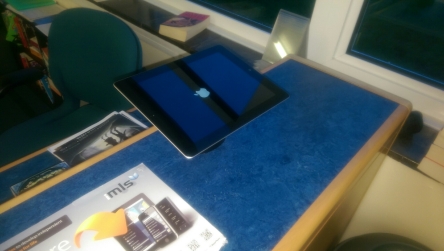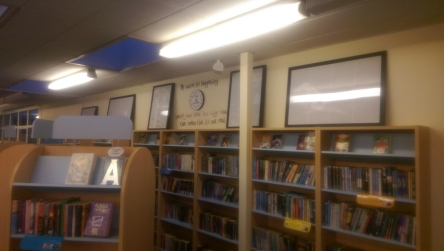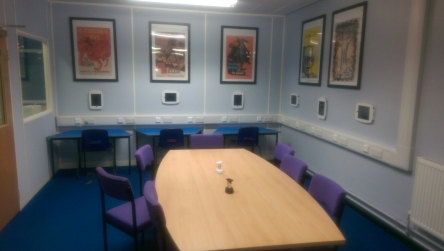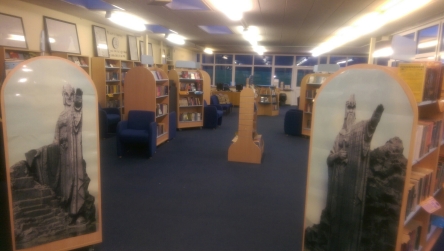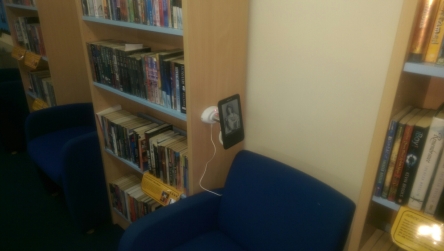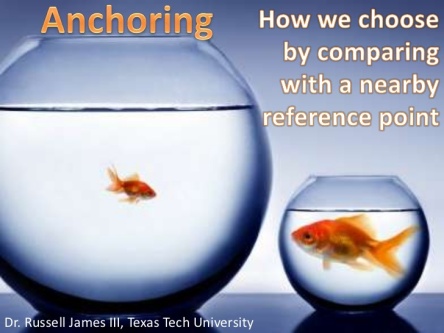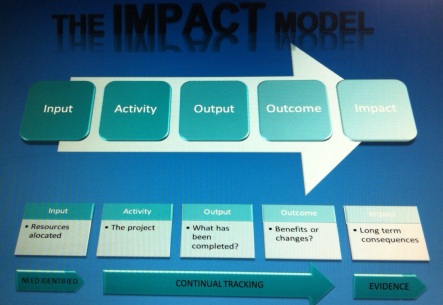So, in my previous post about mapping the reading brain (here) I talked about some of the research I had undertaken in determining what it takes in an individual for them be a successful reader. Similar to my idea of a hierarchy of reading (here) but instead of being about what we can do to make reading fully integrated it is about what must be happening within an individual child for them to become a successful reader.
Since publishing this post I had a number of schools approach me looking at how this might be something they could use and implement in their schools. I have had some really good, positive conversations with SLTs and literacy coordinators and SENCos on the things that they might be able to do in their schools to help every child become a successful reader. It’s also sobering to see that it is both primary and secondary schools that feel this model can be used to further the amount and quality of reading of their students.
In looking at how a model such as this might be able to be used within a school we’ve taken each of the areas and looked at the types of things that might need to occur for that section to be activated within the student. This could be an activity or something else that is the spur for this section. In working with these schools we’ve also discovered that there are some things that they are already doing and thinking about but that these aren’t as explicit as they should be.
There is no particular place to start with a model like this as all the elements are just as important as each other however I’m going to begin with the knowledge section as I believe this to be about the bedrock of creating successful readers.
When talking about Knowledge the part this plays in creating successful readers can be seen in the choices our weaker readers make. Prior knowledge of a subject gives an understanding and comprehension that cannot be underestimated. It is this velcro, this stuff that we as readers use to turn the ideas of text into an understanding of what those ideas are. The full intentions of the author, with this understanding which we can only infer, become ‘laid bare’ in the text for us. This is true of pretty much all fiction where the author doesn’t make everything explicit, it is a vehicle, and a needed one in fiction otherwise all stories would be extremely tedious. Weaker readers, when they do select books, and this is also true for reluctant readers, choose books that they have an understanding and knowledge of. So for instance the sport mad weak reading boys pick football books. OK a bit of a generalisation however you can see the truth in that reading to those students is something that is hard anyway so they might as well read a book that they get, that they understand the terminology and can infer meaning from.
This knowledge though can only come from having a life. From having experiences as we grow up, from coming across as many different things as possible. You can see where this is heading as I’m sure you know from your own school where a student has clearly lacked this (for whatever reason) and the impact it has on their reading. So what can be do, how can we activate this in a student and help them maintain to this to become a successful reader?
To start with we need to get an understanding of our students as individuals. What do they like, what are their interests? We need to build profiles of them as readers linking together the soft, non cognitive areas of attitudes (my gold dust in reading improvement) and also their abilities within reading such as reading ages etc. We need to make sure that we are providing a range of resources for students to be able to access. Not just different types of books but also different ways of accessing reading. We need to help students create and have new experiences, to build upon their velcro and to give them more of that ‘stuff’ that’s going to help them make connections.

After Knowledge comes Curiosity. For a student to be successful in reading they need to have in them the want to read. This is really the fundamental of the non-cognitive skills with the leading light being that of attitude. If a student does not want to read, no matter how proficient they are, they will not do it. This attitude leads to a curiosity to find out more, to know more, to read more. It is with questioning and wonder that a student will become successful in achieving this but how can we achieve this in our schools? How can we foster this with our students? The first thing is to truly understand a student’s weakness is and the reason why their attitude is as it is. Is there something that is holding them back or something that has led to them having a negative attitude. By analysing and assessing these soft skills, or fundamentally the non-cognitive skills we can begin to put things into place to make an improvement. Whether this knowledge needs to specific interventions or an ability for us to promote different things in different ways to the individual depends on many things: how we work, our contexts in our schools, the time we have to work with students etc but the knowledge that we gain from doing this tracking leads us to what we can do.
Another important thing is to make sure that the school is promoting and disseminating a love of reading for pleasure. Now, in my opinion this is best done through a library and librarian where all types of reading is allowed and celebrated, where reading is promoted across the school and in every classroom and a culture is built where reading is not only celebrated but is also accepted as the norm. This article doesn’t aim to say whether a library is the best place for this to happen: there are schools where a library and librarian is in place and this doesn’t happen and also schools where a library and librarian aren’t present where it does happen. For me, a library is the most obvious and visible place (the thing with reading is that it needs to be visible) however I do not wish to ascribe to schools the method which they should use (maybe another article at another time).
The next step on our way to activating the reading brain in our individuals in schools is all about cognition. We have talked already about the importance of non-cognitive skills and especially that of attitude. But alongside this, if we are to truly activate an individual into reading, we need to give them the skills to be able to physically read. For so many students this is the backbone to comments that start ‘I don’t like reading’. What is behind this is the fundamental ‘I don’t like the process of reading I have been through’ or ‘I don’t like what I associate reading to be’. What is the student at a reading crossroads and what can you do about it knowing what the barriers are?
Is reading given a chance in the curriculum across all subjects or is it only ever associated with English. Are opportunities given to promote the benefits of reading and the enjoyment that reading can give as well as giving a positive interpretation of what reading actually is?
This is where the ‘literacy’ element of reading comes into play. This is where the school needs to promote the links between literacy and good teaching and learning across the whole school. In a classroom where a teacher not only understands the weaknesses some of our students face concerning literacy but has strategies in place to help them, differentiate etc and allow them access to the learning the promotion of reading skills is explicit. Knowing that some students need reading chunked as they process words slowly, or that they have trouble decoding so bullet pointing reading can be of real benefit, is extremely useful for both the teacher and the student. This is what literacy skills across the curriculum really entails and what ultimately makes a difference.
To make this happen though we need to track the students to know this and to be able to share this information. We also need to think about how we can use our knowledge of our students’ weaknesses to be able to help them in different ways. Do we think this is going to be via 121 intervention. What is the benefit of this? Are we taking students out of lessons they enjoy/are capable of, just to give them more of what they know they cannot do? Or, are we trying to improve the quality of teaching in our school so instead of having an intervention for 1 hour a week extra they are receiving help and guidance in all their lessons so 25+ hours a week?
Finally, the last piece of the jigsaw that is activating the reading brain is that of grit. How we can have young people sustain reading? How can we keep them on the reading curve and make sure that when they fall off they get straight back on? Young people need to have this resilience built into them around reading if they are to be successful but what things can we do to help make this happen? This is where we need to think back again to perception to those ‘soft’ non-cognitive skills, to young people’s perception around reading. We need to continually praise and challenge students with their reading and there needs to be someone in school is invested solely in the students’ reading outcomes. Do you have someone like this in your school? Do you have someone that is committed to engaging young people into reading and wants them to continually improve. More importantly do they this under the guise of allowing students the ability to see that they can read and that they can enjoy reading?
In activating the reading brain in our young people we need to have all these things going on all the time. As a school we need to realise exactly what it is that is stopping from young people from reading in the first place and then put things in place to break down the barriers that exist. We are all capable of being successful at reading though some need more support than others. Fundamentally, these are the things that make a difference. These are the points that when encouraged, nurtured and grown will have an impact and will create readers.




